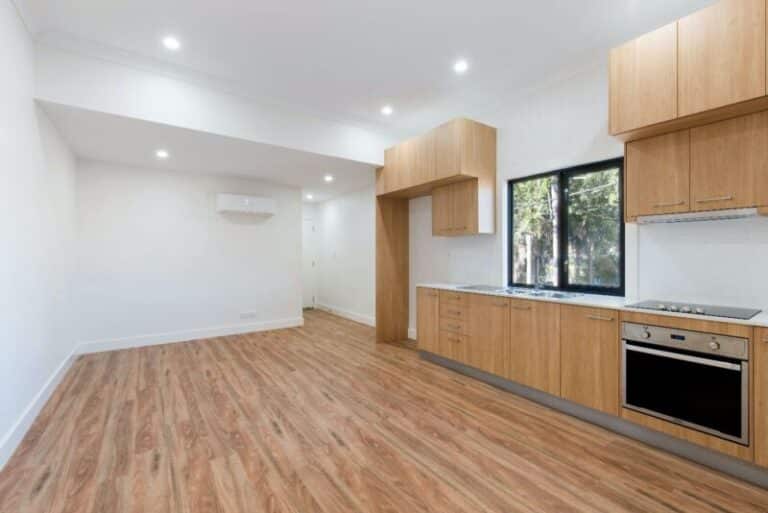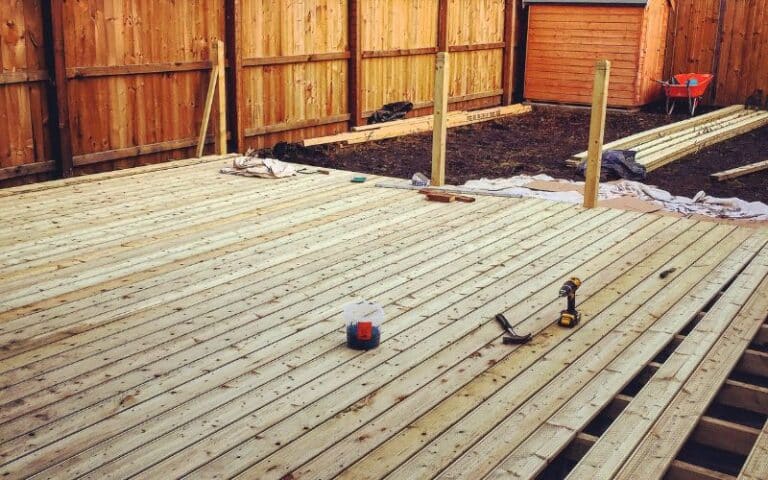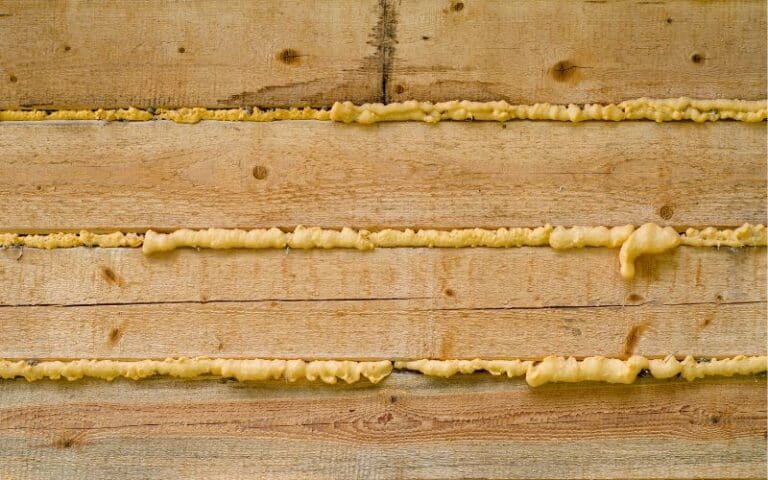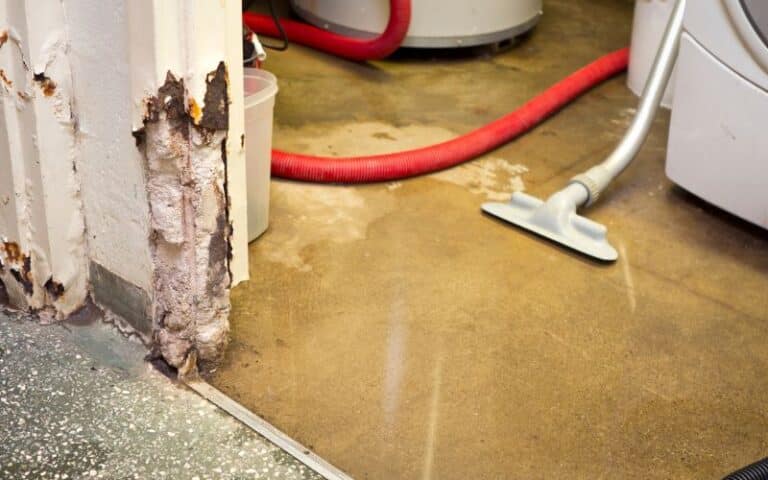Allowing your hardwood flooring to acclimatize before installation is essential to guarantee that the installation process goes smoothly and that you do not have any problems afterward.
Hardwood floors that have not been adequately acclimated may experience contraction, excessive expansion, structural damage, and dimensional distortion. This can make homeowners ask, ‘can hardwood flooring acclimate in the box.’
I have responded to your question in detail in the text below to ensure your hardwood floor installation goes smoothly.
So keep reading to determine whether hardwood flooring can acclimate in the box.
Ready for a Flooring Quiz?
Can Hardwood Flooring Acclimate In The Box?
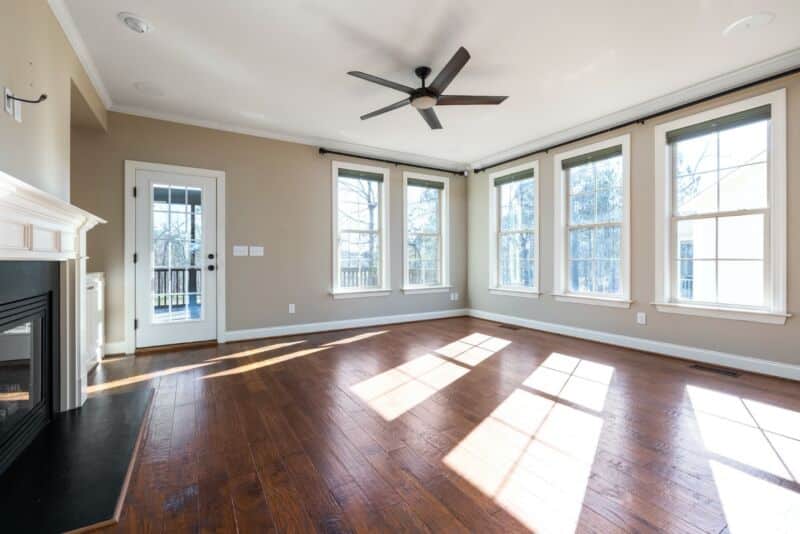
Although hardwood flooring may ultimately acclimatize in a box, flooring experts do not advise you to do this. You must first understand what acclimatization is to understand why.
The acclimation process allows hardwood flooring to adapt to the environmental conditions of a living area. As wood is a hygroscopic object, it will absorb moisture from its surroundings.
For example, you live in the hot, arid region of Texas. There will be about a 30% reduction in humidity levels and at least a 30-degree temperature variation when the new hardwood flooring arrives at your location if it ships from an unheated facility from somewhere like the UK, where the temperature is low.
The hardwood flooring could only install properly or crack after installation if these boards are installed immediately with time to acclimate.
People occasionally wish to skip the waiting period because they are eager to install the new flooring.
Many things may go wrong if you don’t wait for the acclimatization. Thus it’s strongly advised that you wait for three days.
It’s preferable to wait patiently and with anticipation for three days rather than deal with the disaster of an improper hardwood flooring installation.
This makes it crucial to acclimatize hardwood flooring. Too little or too much moisture absorption may cause wood to deteriorate. Hardwood flooring may expand, split, or contract due to extreme moisture variations.
Once the acclimatization process is finished, the humidity and temperature of the hardwood match that of the surrounding environment.
Then you can begin the installation without worrying about the flooring expanding or splitting.
Most flooring experts recommend that homeowners acclimatize hardwood flooring materials for a minimum of 3 days before starting the installation process.
However, acclimatization timeframes can vary depending on the product type and the wood species.
By doing this, you may find the right balance between the air around the area where the flooring is installed and the moisture levels of the wood materials. Hardwood undergoes these changes as a natural product derived from a life form.
Due to this, flooring experts consider tiny suction cups or gaps in hardwood flooring as normal since minor seasonal contraction or expansion of the hardwood floor is considered acceptable.
When you leave your hardwood flooring to acclimatize in a box, even if you open the sides of the box for air to come in, a few sizes would still be covered — which may disrupt the acclimation process and stop the hardwood flooring from acclimating correctly.
When you take hardwood flooring out of the box, the air will hit all sides of the flooring, which will lead to proper acclimation.
This is why flooring experts recommend that homeowners always take hardwood flooring out of the box to ensure the acclimation process goes smoothly.
If you are getting hardwood flooring installed by a professional, they will most likely always wait for at least three days before they begin the installation process.
Like other living things, wood flooring thrives in an environment with the appropriate humidity and comfortable temperatures.
These considerations can enable you to complete the installation successfully and ensure the flooring lasts as long as possible.
These rules have regional exemptions, so verify the product information with your flooring specialist since they can help you determine the ideal humidity levels and the temperature for your variation of hardwood flooring.
If you’re doing your hardwood flooring installation, doing thorough research on the dos and don’ts will help you guarantee you do a decent job and help you avoid making any missteps that might later cost you in repairs or a total replacement.
Seeking advice from friends and family who have installed hardwood flooring or have some experience in this field can be another way to ensure you do a good job. You can also request them to help you with the installation and do a fun project.
Now that you know that it is not advisable to acclimate hardwood flooring in a box, you must be wondering how to acclimate hardwood flooring properly. Keep reading to find out.
How to Properly Acclimate Hardwood Flooring?
The conditions of the space that the hardwood flooring is acclimatizing to should be taken into account when acclimatizing hardwood floors.
The area must have relative humidity levels within 45 and 65 percent to reflect typical living circumstances, and the space must be arid.
You risk doing more harm than good if you allow the flooring to be acclimated to a moist environment.
Before acclimatizing any flooring, ensure that all the materials in the space, such as plastering, have thoroughly dried.
Here are a few steps you can follow to acclimate hardwood flooring properly:
- When your hardwood flooring arrives, ensure that the location where you plan to store it or acclimatize it is enclosed
- Test the humidity and temperature of the region five to ten days before your hardwood flooring arrives to verify that the numbers match that of normal living conditions. Turn on the heating or cooling and leave it on for five to ten days.
The ideal temperature is from fifteen to twenty-six degrees Celsius. Keep the humidity levels close to your area’s yearly average humidity levels.
- If the temperature in the room is irregular, you can change the cooling or heating to bring it back to normal living conditions.
Wait at least five days for the temperature and humidity levels to regulate before placing the hardwood flooring into the room and at least seven days before you begin the installation.
- Open the boxes after you’ve brought them inside, then arrange the flooring evenly throughout the space where it will be installed.
- If you have sufficient space to lay down the hardwood flooring, take it out of the box and place it on the ground in the way it will be fitted; this is the ideal approach to acclimate hardwood flooring.
Important Tip: I advise stacking the boxes on top of each other and opening the sides to expose most of the flooring to the air if you cannot remove the hardwood flooring from the boxes due to space constraints or other reasons.
Do this, however, only if you have no other option because, as mentioned above, it is probably not the ideal approach to acclimatize hardwood flooring in a box.
Bottom Line
Now that you know the answer to ‘can hardwood flooring acclimate in the box,’ you can properly acclimate your hardwood flooring.
I recommend following the tips mentioned above on how to acclimate hardwood flooring properly to ensure the process goes smoothly and your hardwood flooring lasts a long time without getting damaged due to improper acclimation.

